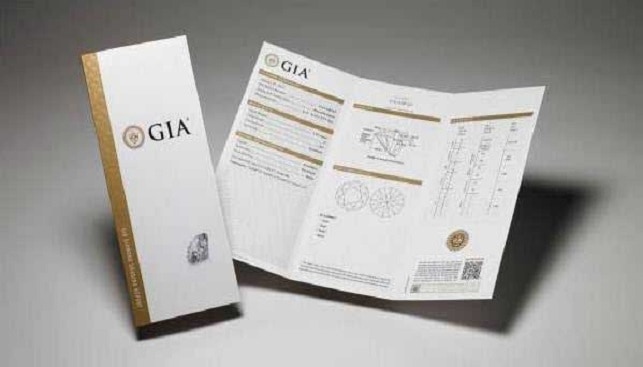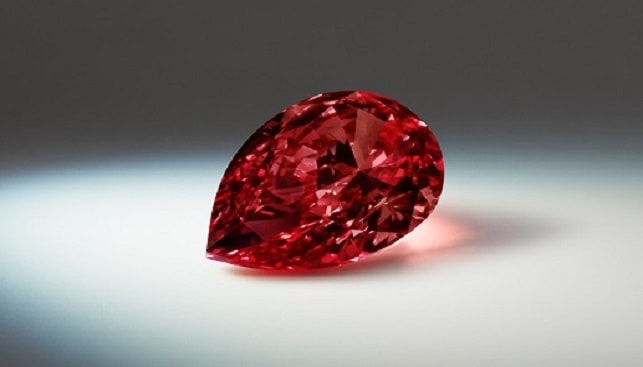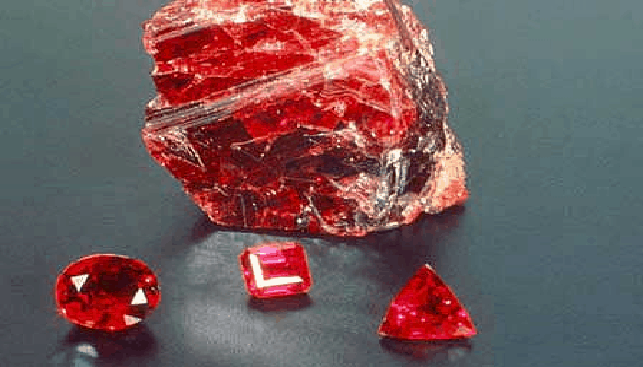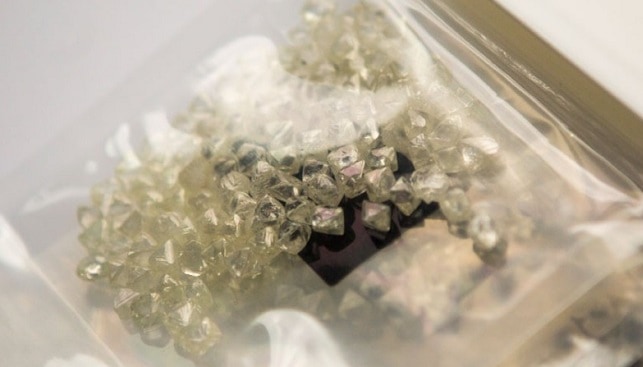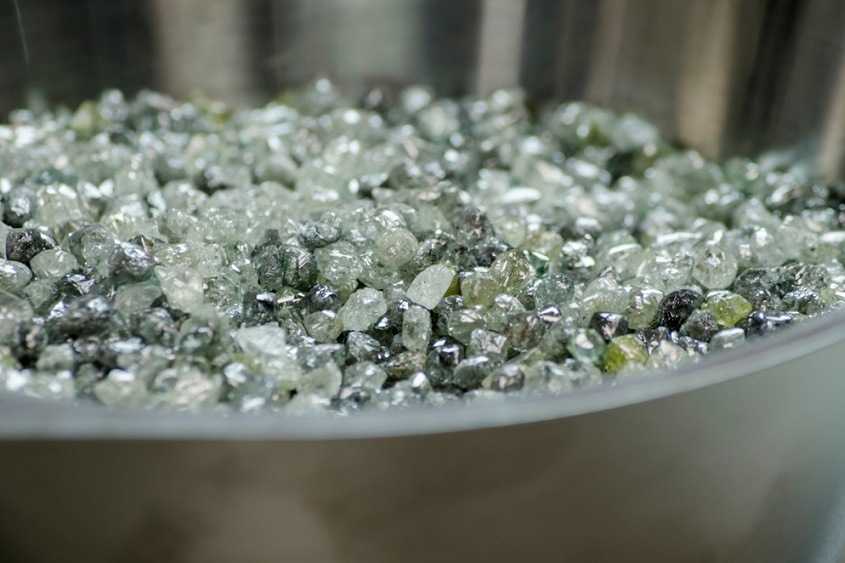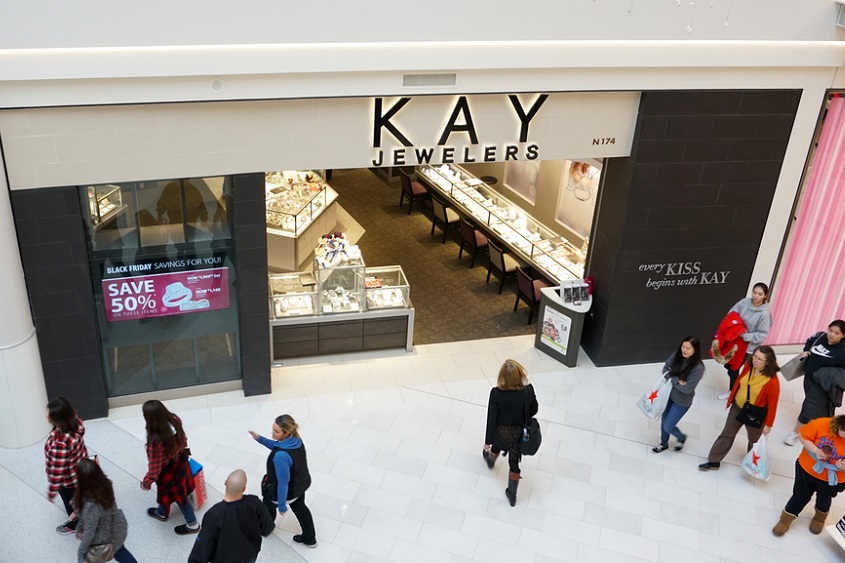The GIA (Gemological Institute of America) was established in 1931 by a jeweler named Robert M. Shipley as a gemological instruction institute for diamantaires and jewelers. The GIA is active in the areas of research and teaching, but it also operates gemological laboratories for the grading of diamonds and gemstones.
In 1949, the gemologist Richard A. Liddicott joined the GIA. He replaced Shipley as the company’s CEO in 1952. A year later, Liddicott built the global grading system for gemstones which contributed to the Institute’s international authority in the area of grading.
In 1957, the GIA laboratory issued its first gemstone grading certificates and in 1962 it began to certify gemstones. The Institute’s prestige and fame grew in the seventies. By the eighties, the sale of gemstones and diamonds with certificates became the customary process in the market. Today, a significant volume of the
diamond trading in the United States is based on grading certificates, and the value of gemstones accompanied by a GIA certificate is higher.
The GIA is considered an authority regarding the identification of new processes in the diamond industry (for example, synthetic diamonds). In addition, it holds international conferences in the area of gemology and publishes the Gem and Gemology Periodical.

